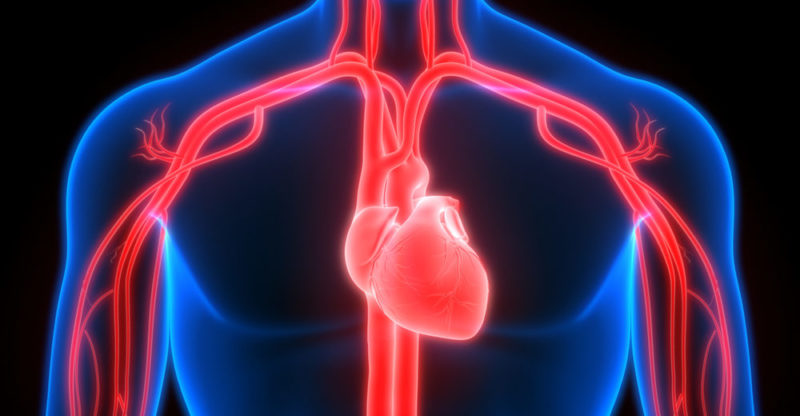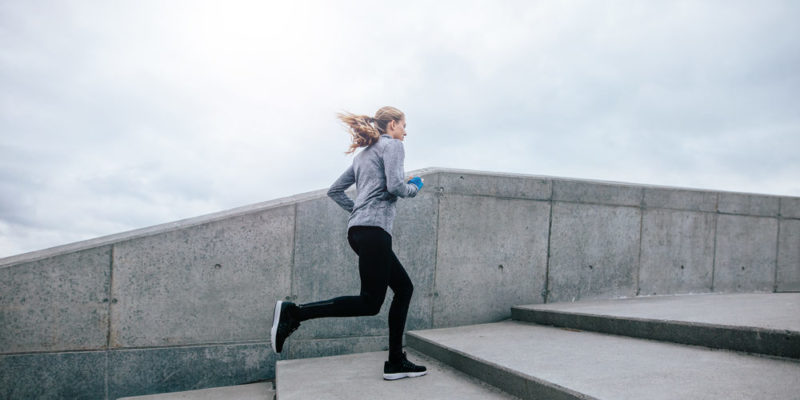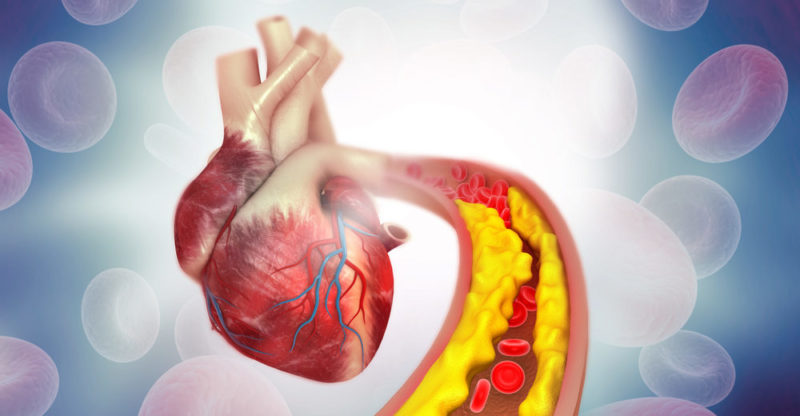We explain how the heart works and what the parts of this organ are. In addition, its characteristics, structure and diseases.
What is the Heart?
The heart is one of the main organs of the human body , motor of the circulatory system and essential for sustaining life .
It is a robust, hollow muscle the size of a fist that operates as a suction and irrigation pump , sending and drawing blood through the arteries, veins, and blood capillaries to ensure that oxygen and nutrients are distributed throughout the body. the organism.
Located in the chest, in the middle of the lungs, the heart weighs approximately 300 grams and has an inverted and inclined pyramidal shape.
It rests on the diaphragm muscle and is situated behind the sternum . It is a complex organ of a muscular nature, present in all vertebrate animals .
Characteristics of the functioning of the heart :
The circulatory system

The circulatory system of the human body is the one that is responsible for distributing oxygenated blood enriched with nutrients to the corners of the body, which takes place in the arteries; and at the same time to withdraw the blood low in oxygen and nutrients and take it back to the lungs, where it will be re-oxygenated and the cycle will be repeated. For this, the heart is fundamental, since it is the suction and push pump that keeps the system running.
-
Parts of the heart
In addition, the heart has a series of perfectly coordinated valves that do not allow blood to flow back or mix with one another: the tricuspid, pulmonary, mitral, and aortic valves. Both parts are separated by a wall or septum.
The cardiac cycle

The two movements of the heart are systolic or systole , in which the muscles contract and empty the heart, pushing blood out of the heart into their respective arterial (towards the body) and venous (towards the lungs) ducts.
This movement is followed by a diastolic or diastolic movement, in which the muscle relaxes and allows it to be filled with venous and arterial blood by suction.
Both movements occur in unison and at a stable rhythm that is called heart rate. The force with which this movement is performed is the cardiac pressure, which is measured for both systole and diastole.
-
heart functions
This means taking in deoxygenated venous blood and pushing it back to the lungs , taking it back already oxygenated and pushing it out to the rest of the body and restarting the cycle. The heart beats continuously more than 100,000 times a day.
However, it is not the only function of the heart, as it also secretes substances that regulate and improve its functioning , such as atrial natriuretic peptide, a hormone that acts on the elimination of sodium in the blood through the urine and on vasodilation to protect the functions of the organ.
Importance
The importance of the heart in the human body is enormous, since it is our blood engine . If the heart beats slower than it should, or simply stops beating, the blood will reach the respective organs of the body little or not at all, which results in the malfunction or death of the different organs of the body.
-
heart rate
 Normally, the heart beats about 60 to 80 times a minute when the body is at rest. This, of course, varies depending on the person and their sporting or vital habits.
Normally, the heart beats about 60 to 80 times a minute when the body is at rest. This, of course, varies depending on the person and their sporting or vital habits.If we exercise , the muscles and organs require greater energy consumption , therefore more oxygenated blood, and the heart increases the speed of its pumping to meet that demand.
The same happens in conditions of stress , fear, emotional tension or panic situations, the adrenal glands secrete hormones such as adrenaline , which stimulate the cardiac mechanism in anticipation of a risk situation that requires a greater presence of blood to the muscles. It is an instinctive reaction of the human body.
Major veins and arteries

The heart, like any other organ, also needs blood to function properly. However, the blood that enters and leaves it goes too fast and has other destinations , so this organ is nourished through the coronary arteries, the main ones in irrigating its tissue with oxygen-rich blood. Thus, the heart feeds itself.
Other important veins and arteries in the circuit are:
- Come dig. There are two: superior and inferior, and they are the entrance ducts of deoxygenated blood to the heart. The upper carries blood from the chest, head, and arms, while the lower carries blood from the abdomen and legs.
- Pulmonary artery. Exit conduit for deoxygenated blood to the lungs so that it can be filled with oxygen.
- Pulmonary vein. Conduit for the entry of oxygenated blood from the lungs to the heart.
- Aorta artery. Exit conduit for oxygenated blood to its various bodily destinations.
-
heart muscle structure
- endocardium. The inner layer, which lines the walls of the cavities and ducts.
- myocardium The widest and thickest layer of the heart is the middle layer. It is the one that stores the mechanical force to propel the blood and secretes the substances that keep the internal pressure of the organ under control.
- Pericardium. A fibroserous membrane that covers the heart and separates it from neighboring structures, like a small sac in which the organ is found.
Major heart problems

The main heart problems that lead to diseases have to do with:
- Heart muscle fatigue or poor blood supply to the heart.
- Obstruction of the arterial ducts by deposits of fat or other lipids.
- Hardening of the arteries with age.
- Abnormally high blood pressure, which can break blood vessels and lead to strokes.
- Heart failure due to electrical conduction problems in the heart muscle.
-
Recommendations for heart health
- Lead an active life with weekly physical exercise.
- Consume few fats in the daily diet and avoid red meat.
- Monitor blood pressure and eat with little salt daily.
- Drink a good amount of water daily.
- Avoid alcohol and smoking .
- Take a daily baby aspirin (aspirinine) to keep the blood as thin as possible.
The above content published at Collaborative Research Group is for informational and educational purposes only and has been developed by referring reliable sources and recommendations from technology experts. We do not have any contact with official entities nor do we intend to replace the information that they emit.
Luke is passionate about fostering student involvement and connection. He studied psychology for his major and likes learning about the past. Luke aims to specialize in artificial intelligence and cybersecurity. .
Leave a reply
Your email address will not be published. Required fields are marked *Recent post

Sport: What Is It, Types, Risks, Features, Characteristics and Examples

Dogs: Emergence, Features, Characteristics, Feeding and Breeds

Story: Definition, Elements, Structure, Features and Characteristics

